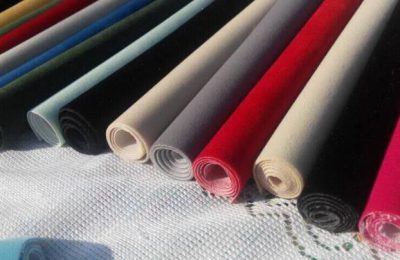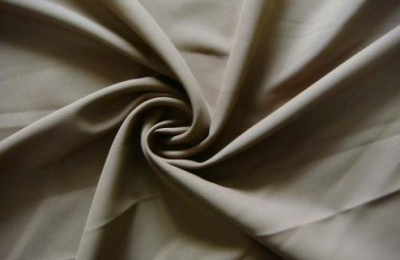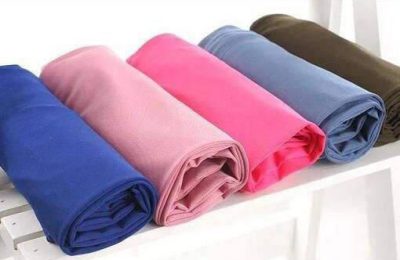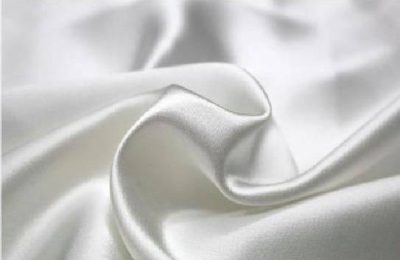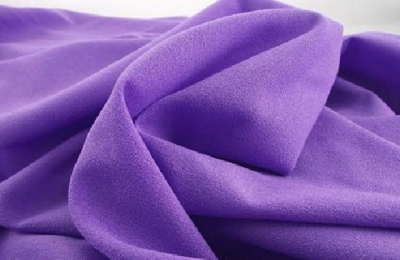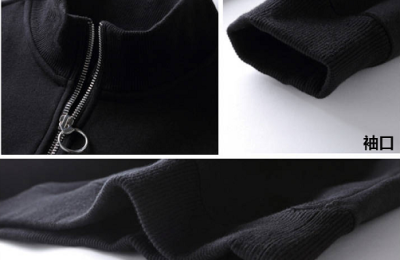According to the latest non-woven filter material industry analysis and research, it is found that as a new generation of environmentally friendly materials, two-component non-woven thermal composite filter material can be used in many fields and has also made contributions to the sustainable development of mankind. significant contribution.
The use of composite materials can be traced back to ancient times.
Straw or wheat straw-reinforced clay, which has been used since ancient times, and reinforced concrete, which has been used for hundreds of years, are both composed of two materials.
In the 1940s, due to the needs of the aviation industry, glass fiber reinforced plastics (commonly known as fiberglass) were developed, and the name composite materials appeared since then.
After the 1950s, high-strength and high-modulus fibers such as carbon fiber, graphite fiber, and boron fiber were gradually developed.
Aramid fiber and silicon carbide fiber appeared in the 1970s.
These high-strength, high-modulus fibers can be combined with non-metal matrices such as synthetic resin, carbon, graphite, ceramics, rubber, or metal matrices such as aluminum, magnesium, titanium, etc. to form composite materials with unique characteristics.
Two-component non-woven thermal composite filter material is composed of polytetrafluoroethylene microporous membrane and various substrates (PPS, glass fiber, P84, aramid) using special composite technology.
To put it simply, ptfe coated filter material is made of polytetrafluoroethylene (ptfe), which is expanded into a microporous film, and then the film is coated on various fabrics using a special process. Or on paper substrate, making it a new type of filter material.
The two-component non-woven thermal composite filter material achieves surface filtration, with almost zero dust emissions, and can meet the strict emission standards of various countries.
It has excellent dust cake shedding performance, improves the ventilation of dust collection equipment, and reduces the pressure drop of dust collection equipment.
Due to the low pressure drop of operation, the power consumption of dust collection equipment is reduced.
</p



